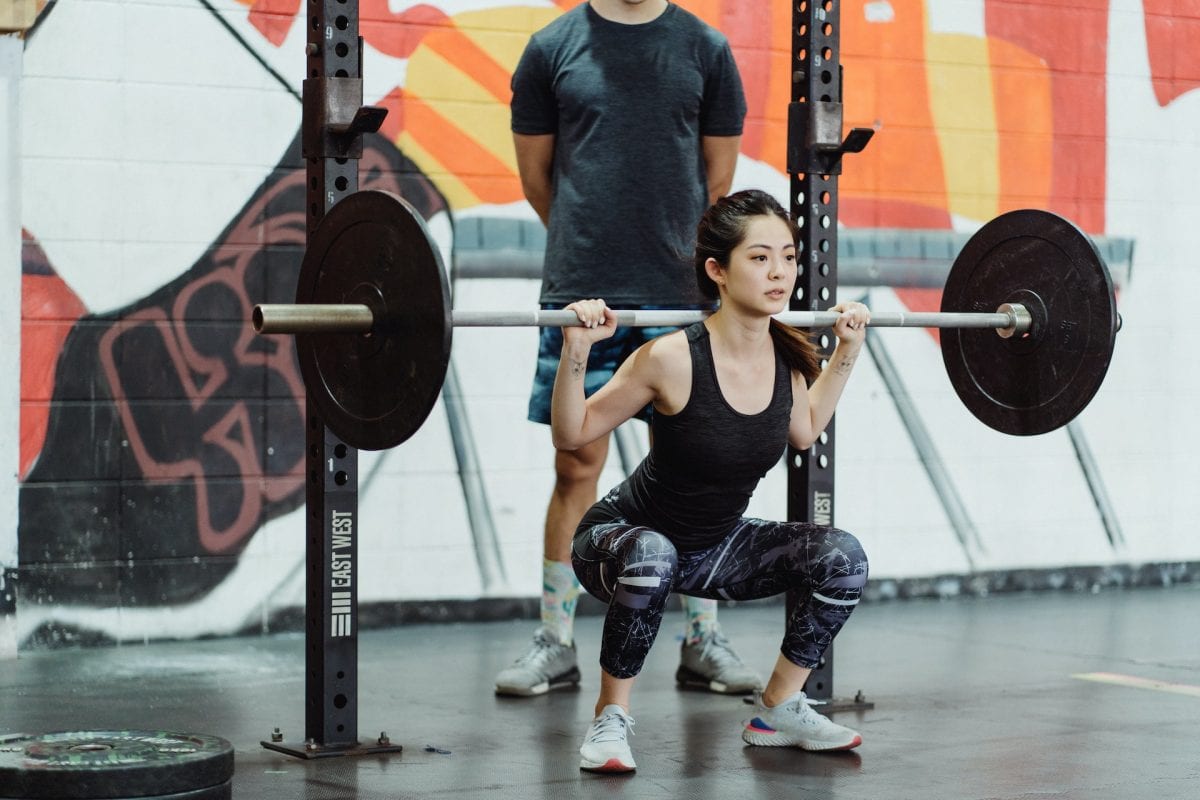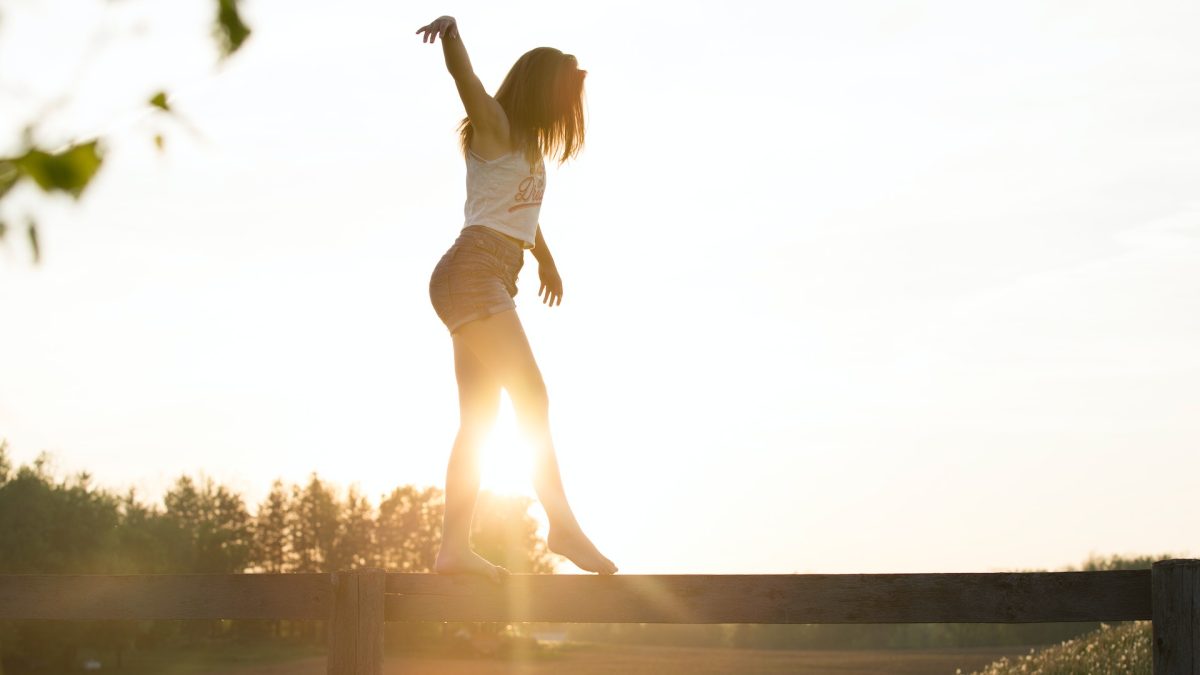Compound exercises offer an efficient way to engage multiple muscle groups simultaneously, providing a holistic workout experience. This article focuses on the benefits of the squat, deadlift, and row exercises, highlighting the advantages of incorporating them into your fitness routine.
How do the squats, deadlifts, and rows routine help build muscle?
These exercises are renowned for their ability to engage multiple muscle groups, providing a comprehensive full-body workout. Here’s how each of these practises contributes to muscle development:
Squats
Lower Body Focus: Squats primarily target the muscles of the lower body, including the quadriceps, hamstrings, and glutes. These muscles play a crucial role in everyday movements like walking, running, and jumping.
Hormonal Response: As compound movements, squats trigger a substantial hormonal response. They stimulate the release of testosterone and growth hormone, facilitating muscle growth.
Progressive Overload: Squats allow you to lift substantial weights, promoting gradual increases in resistance—a fundamental principle for effective muscle building known as progressive overload.
Core Engagement: Performing squats demands core stabilisation, which strengthens the core muscles and contributes to overall muscle development.
Functional Strength: Squats replicate daily activities such as sitting and standing up, improving functional strength and mobility.
Balanced Muscle Development: These exercises engage not only the primary muscle groups but also synergistic muscles, promoting a harmonious and balanced development of your musculature.
Anabolic Environment: Squats create an anabolic environment in your muscles, fostering muscle protein synthesis and growth.
Deadlifts
Targeting the Posterior Chain: Deadlifts focus on the entire posterior chain, including the glutes, hamstrings, lower back, and upper back. These muscles are essential for lifting, pulling, and bending movements.
Core and Stabiliser Activation: Deadlifts activate core muscles and stabiliser muscles, enhancing overall strength and stability.
Rows
Back Emphasis: Rows primarily target the muscles of the back, including the lats, rhomboids, and traps, which are engaged during pulling and rowing movements.
Balanced Workout: Rows also engage the biceps and rear deltoids, providing a comprehensive upper body workout.
Energy Burn and Fat Loss: The squat deadlift row workout is energy-intensive, leading to an increased calorie burn and potential fat loss.
Progressive Overload: Consistent challenges to your muscles through progressive overload stimulate muscle growth, increase strength, and enhance functional fitness.
Improved Posture and Injury Reduction: The compound nature of these exercises improves posture and reduces the risk of injury by strengthening muscles and joints.
The Evolution of Squat, Deadlift, and Row Exercises
The roots of squatting, lifting heavy objects, and rowing movements trace back to our evolutionary history. These activities were integral to early human survival, aiding in hunting, farming, and transportation.
Strength training methods formalised in the early 20th century, coinciding with the rise of weightlifting competitions and strongman shows. However, the equipment and techniques employed during that time were rudimentary compared to modern standards.
The latter half of the 20th century witnessed a surge in commercial fitness centres, introducing compound exercises to a broader audience. These exercises gained popularity among fitness enthusiasts and bodybuilders due to their potential to create a well-rounded physique.
The compound nature of these exercises aligns with the principles of functional fitness by mimicking natural movement patterns and enhancing everyday functionality. The advent of disciplines like CrossFit further propelled compound movements into the mainstream, solidifying their place in comprehensive fitness routines.
Modern scientific research has provided empirical evidence of the numerous benefits of compound exercises, reinforcing their importance in fitness programmes.
How do you combine squats, deadlifts and rows with other exercises for a full-body workout?
To create a well-rounded full-body workout, consider combining the squat deadlift row with various complementary exercises, such as:
Push-ups: Alternating between the squat deadlift row and push-ups strengthens the upper body and core. Aim for 3-4 sets of 10-15 reps.
Lunges: Incorporating lunges into your routine challenges the lower body and core. Alternate between the squat deadlift row and lunges for 3-4 sets of 10-15 reps.
Planks: Planks enhance stability and core development. Perform a 30-60 second plank after a set of squat deadlift rows, repeating 3-4 times.
Pull-ups: Incorporating pull-ups strengthens your upper body and grip. Start with the squat deadlift row, then proceed to pull-ups, repeating 3-4 times.
Box Jumps: Enhance explosive power and challenge your lower body with box jumps. Perform 10-15 box jumps after a set of squat deadlift rows, repeating for 3-4 sets.
Burpees: Put your strength, endurance, and explosiveness to the test with burpees. After a set of squat deadlift rows, perform 15-20 burpees, repeating 3-4 times.
Dumbbell Curls: Tone your biceps and increase upper body strength with dumbbell curls. Begin with the squat deadlift row, then proceed to dumbbell curls, repeating 3-4 times.
Russian Twists: Enhance rotational power and core focus with Russian twists. Perform 10-15 Russian twists after a set of squat deadlift rows, repeating 3-4 times.
Jump Roping: Improve coordination and cardiovascular endurance by incorporating 30-60 seconds of jump roping after a session of squat deadlift rows. Repeat 3-4 times.
Enhancing Balance and Coordination
The squat, deadlift and row’s engagement of multiple muscle groups presents a unique opportunity to enhance balance and coordination:
Engaging Many Muscle Groups: During the exercises, your legs, abs, back, and arms are simultaneously engaged. This coordinated effort increases your body awareness and coordination.
Challenging Stability: Maintaining a stable position throughout the exercise focuses on your stability and balance, ultimately improving coordination.
Incorporating Movement Patterns: Squats, deadlifts, and rows involve movements reminiscent of daily activities, allowing for more precise and coordinated execution.
Modifiable: The exercise can be adjusted to suit different fitness levels, continually testing and enhancing your balance and coordination as you increase the weight or intensity.
Enhancing Mind-Muscle Connection: Coordinating muscle contractions consciously improves the mind-muscle connection, leading to better coordination and control.
Boosting Confidence: The exercise builds confidence in performing physical activities with ease and control, benefiting overall physical and mental well-being.
How does practicing squat deadlift row impact neural adaptations and skill acquisition?
Motor Unit Recruitment and Synchronisation: The exercise’s coordinated muscle engagement improves the nervous system’s ability to recruit and synchronise motor units, enhancing force production and muscle contraction coordination.
Intramuscular Coordination: The nervous system refines the coordination of muscle fibres within each muscle, leading to smoother movement execution and increased efficiency.
Intermuscular Coordination: Interactions between different muscle groups are optimised, resulting in fluid and controlled movement patterns.
Proprioception and Kinaesthetic Awareness: The exercise tests proprioceptive feedback, enhancing awareness of body position and movement for better balance and stability.
Skill Acquisition and Technique Refinement: Skill mastery is essential for maintaining proper technique and coordinating different body segments during the exercise.
Neural Adaptations for Load Progression: As you increase the weight lifted gradually, the nervous system adapts to accommodate higher loads by optimising muscle recruitment patterns and firing rates.
Neuromuscular Fatigue Management: Improved fatigue resistance allows you to maintain proper form and muscle activation, reducing the risk of injury.
Mental Engagement and Concentration: Skill acquisition involves mental engagement, enhancing focus and concentration on the exercise’s nuances.
Conclusion
Squats, deadlifts, and rows are effective exercises for building muscle and improving your overall fitness. Achieving the full benefits of these exercises entails maintaining proper form and monitoring your progress closely.




